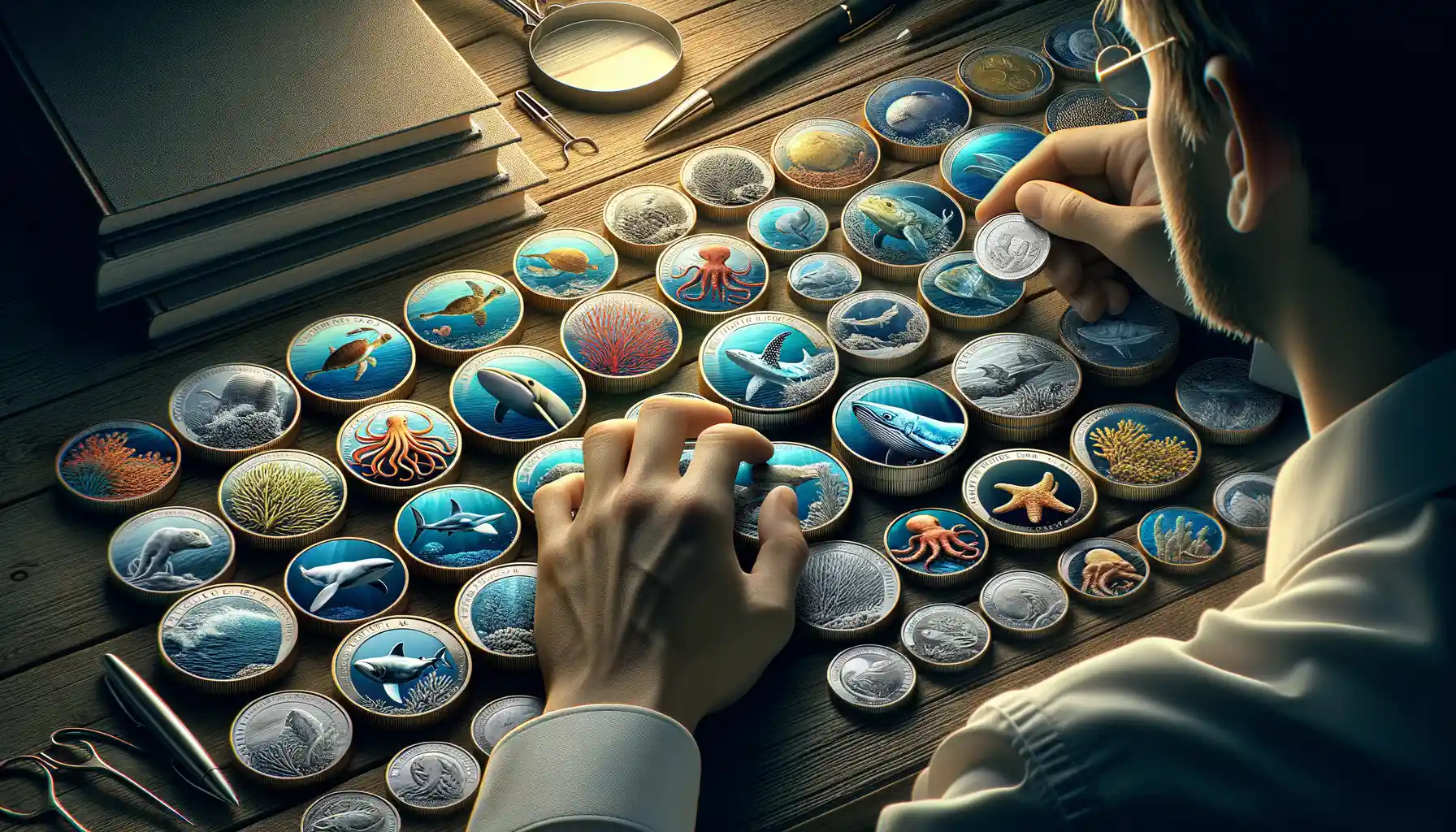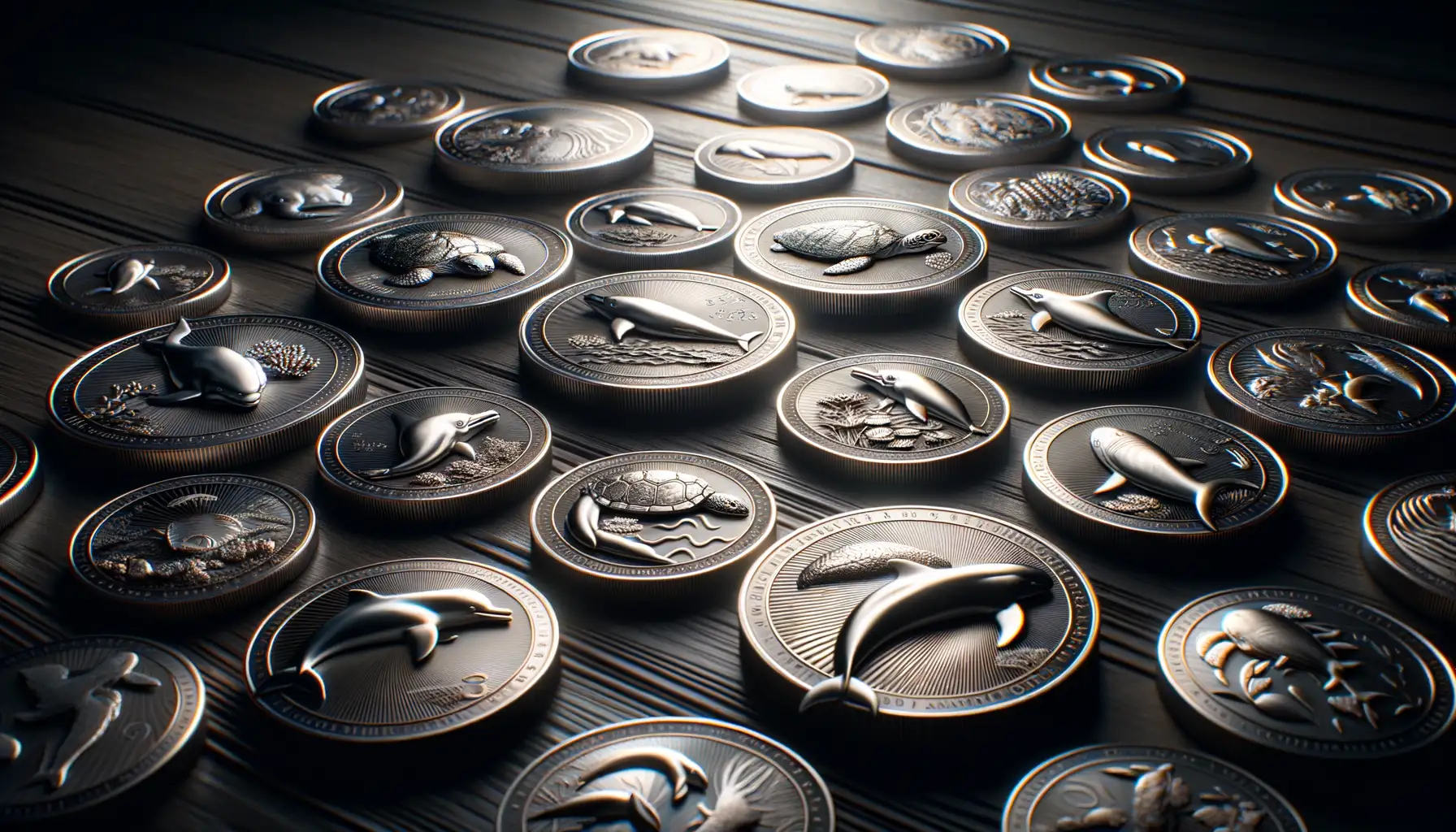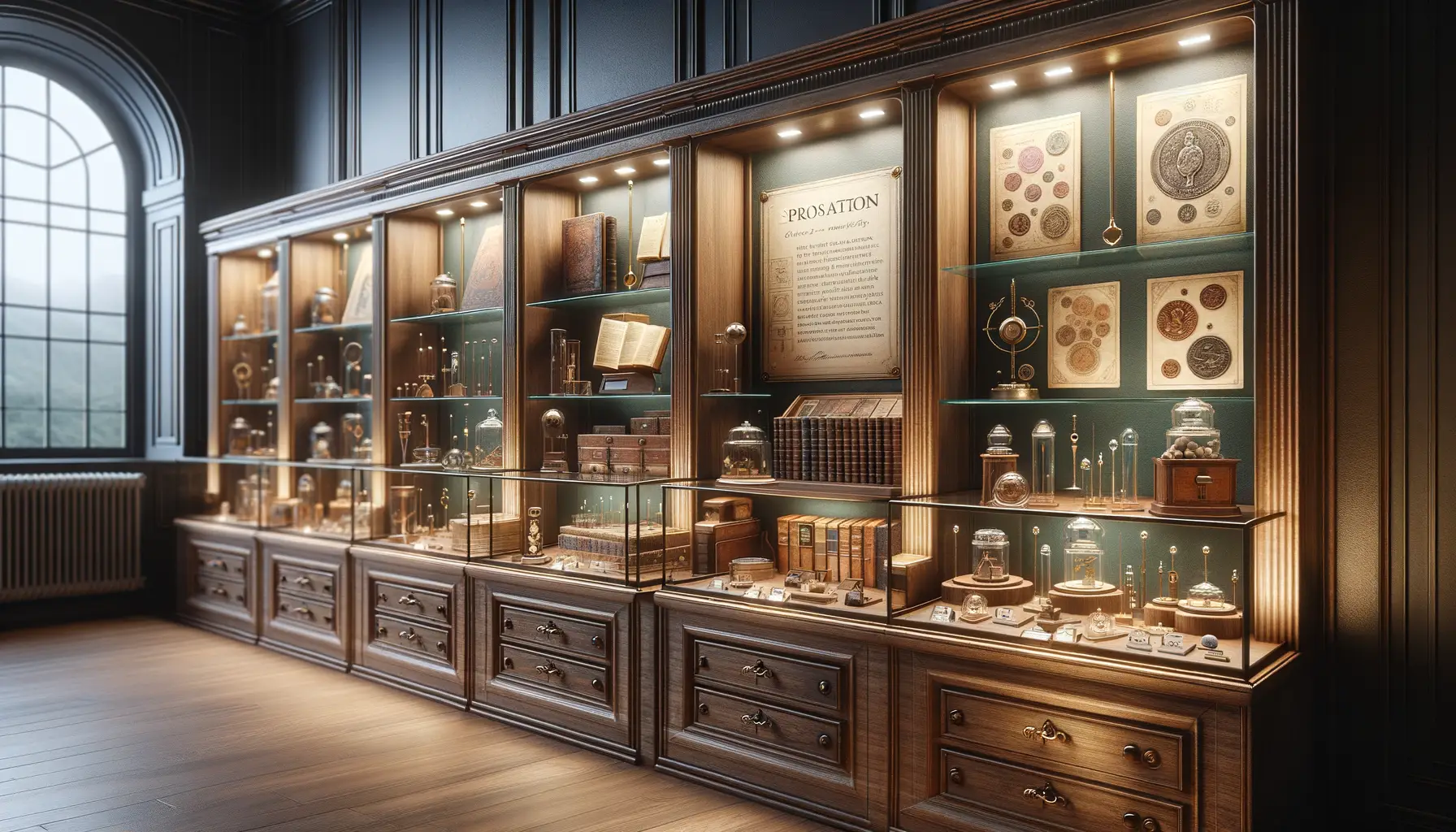Introduction to Ocean Wildlife Coins
Picture this: a shimmering silver coin in your hand, etched with the sleek form of a dolphin mid-leap or the intricate scales of a lionfish. Ocean wildlife coins aren’t just currency—they’re tiny masterpieces that dive deep into the world’s most enchanting underwater realms. For collectors, these coins represent more than monetary value; they’re windows to a mesmerizing marine universe.
Dive into the Depths of History and Art
What makes ocean wildlife coins so remarkable? It’s the way they unite the allure of marine biodiversity with the precision of fine craftsmanship. You’ll find coins depicting everything from playful sea otters to the enigmatic octopus, each one telling its own story. Coins like the Tuvalu Blue Whale or the Seychelles Shark series don’t just celebrate marine creatures—they advocate for their conservation too. It’s art with a purpose, and you can feel the passion in every detail.
If you’re new to collecting, here’s why these coins are irresistible:
- They’re a gateway to discovering exotic sea life.
- Many feature limited editions, making them rare treasures.
- They spark conversations—perfect for sharing your hobby.
Start exploring today, and let the tides of curiosity pull you in! 🌊
Iconic Marine Species on Coins
![]()
Magnificent Ocean Icons Etched in Metal
Holding a coin adorned with an image of the ocean’s most renowned creatures is like peering into an underwater kaleidoscope, captured forever in gleaming metal. Imagine the sleek form of a dolphin mid-leap, its grace immortalized on a shimmering silver coin. Or the hypnotic spiral of a nautilus shell—tiny grooves so detailed they could rival the real thing. These coins don’t just represent marine life; they bring it to life in the palm of your hand.
Some marine species have become collector favorites, and it’s not hard to see why. A few key designs include:
Each piece tells its own aquatic story. Have you ever wondered what it feels like to witness a sea turtle gliding through turquoise waters? Now you can, every time you add such a coin to your collection. These aren’t just treasures—they’re time capsules of the deep blue sea.
How to Start Collecting Ocean Wildlife Coins

Dive Into Your First Waves: Starting Small
So, you’re ready to take the plunge into collecting ocean wildlife coins? Let’s wade in gently. The secret to beginning is simple: start small, just like the tiniest clownfish exploring its first coral reef. Don’t worry about having a sprawling collection right away—focus on pieces that spark curiosity or tell a story.
Here’s a quick way to get your fins moving:
- Pick a theme—are you drawn to majestic whales, vibrant tropical fish, or mysterious deep-sea creatures?
- Scout out entry-level coins. These might come from modern mints offering affordable editions showcasing ocean scenes.
- Don’t overlook starter sets! Some collections group multiple species on coins, giving you variety without breaking the bank.
Swimming with the Right Resources
When you’re just starting, the resources you rely on can make or break your journey. Look for online marketplaces like eBay or specialized numismatic forums where enthusiasts trade tips (and coins!) freely. Libraries and books about marine wildlife coins can teach you not just about their monetary value, but their cultural and ecological significance.
And don’t underestimate the joy of a coin shop visit—there’s magic in holding history in your hands. Who knows? Your first coin may feature a sleek dolphin leaping above silver waves or a delicate seahorse etched into shimmering metal. That moment? Pure discovery.
The Value and Rarity of Ocean Wildlife Coins

Why Some Ocean Wildlife Coins Are True Treasures
Imagine holding a coin in your hand that feels more like a time capsule than a piece of metal—it’s not just any coin, it’s a window into the mysteries of the deep. The value of ocean wildlife coins often goes far beyond their material worth. These limited-edition gems can become a collector’s dream thanks to their fascinating backstories and exceptional craftsmanship.
What sets them apart? Rarity plays a major role. Some are minted in incredibly low quantities—think fewer than 500 copies globally! This scarcity coupled with intricate designs, such as a hammerhead shark shimmering on pure silver or a sea turtle carved in ultra-high relief, makes them irresistible.
Collectors also cherish the emotional thread running through these coins—the story of conservation. A coin bearing a vibrant coral reef isn’t just a collectible; it whispers a reminder about protecting what lies beneath the waves.
Tips for Preserving and Displaying Your Collection

Protecting Your Coins Like Hidden Treasures
Imagine your precious ocean wildlife coins as underwater treasures – pearls in a clam, hidden from harm. To keep them dazzling for years to come, careful preservation is key. Start by storing your coins in individual protective holders or coin capsules. These will guard against dust, moisture, and those sneaky little fingerprints that tarnish their beauty.
Humidity is another silent enemy. Keep your collection in a climate-controlled space – think of it as their “natural habitat.” Avoid storing them in basements or attics where extreme temperatures could cause damage. And whatever you do, don’t polish them with household products! This can strip away the surfaces and destroy value faster than a quick tide.
- Use acid-free storage materials to avoid chemical reactions.
- Purchase silica gel packets to absorb moisture in display cases.
Turning Your Coins Into Miniature Art Galleries
Displaying your collection is like placing marine creatures in an aquarium – you want them front and center, but safe! Opt for a dedicated display case with glass panels. This keeps curious hands at bay while allowing light to show off their shine (but never direct sunlight–UV rays are no friend).
For a touch of storytelling, arrange coins by theme. Create a “coral reef” vibe with coins featuring vibrant fish, or a “deep sea” aura with mysterious creatures like octopuses. Let their beauty swim freely – even in your living room.
